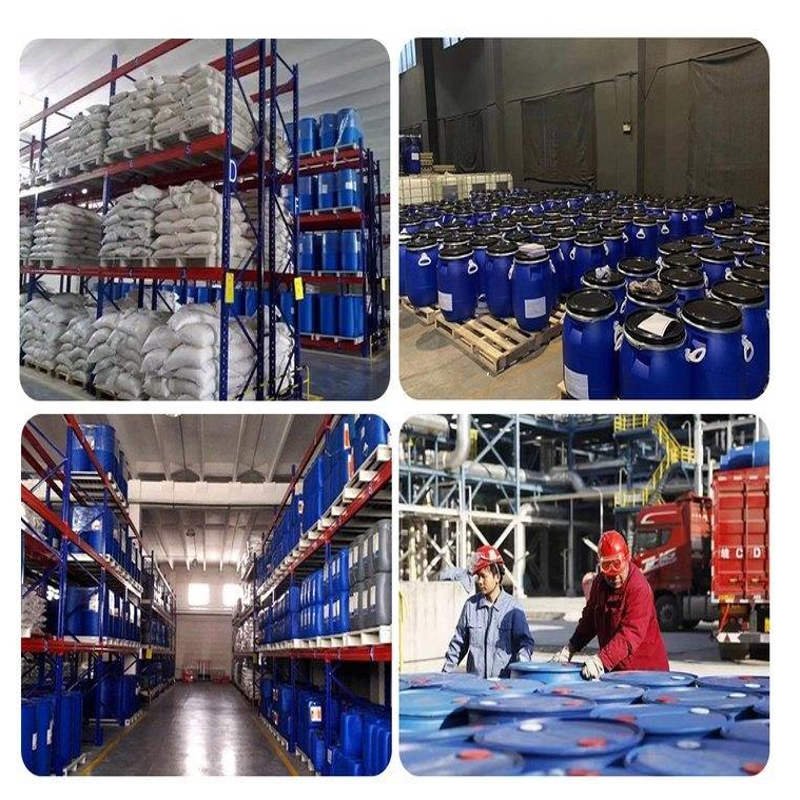-
Categories
-
Pharmaceutical Intermediates
-
Active Pharmaceutical Ingredients
-
Food Additives
- Industrial Coatings
- Agrochemicals
- Dyes and Pigments
- Surfactant
- Flavors and Fragrances
- Chemical Reagents
- Catalyst and Auxiliary
- Natural Products
- Inorganic Chemistry
-
Organic Chemistry
-
Biochemical Engineering
- Analytical Chemistry
-
Cosmetic Ingredient
- Water Treatment Chemical
-
Pharmaceutical Intermediates
Promotion
ECHEMI Mall
Wholesale
Weekly Price
Exhibition
News
-
Trade Service
Oil futures fell slightly by 0.
1% on Wednesday (November 24), settling at $82.
25 per barrel
.
Oil prices edged lower
under pressure in the week ended Nov.
19, EIA data showed that crude oil inventories rose by 1.
017 million barrels in the week ended Nov.
19.
However, oil prices were somewhat supported
by a 603,000 barrel drop in gasoline inventories to their lowest level since November 2017, refined oil inventories by 1.
968 million barrels, and U.
S.
Strategic Petroleum Reserve (SPR) inventories falling to their lowest level since June 2003.
Ed Moya, senior market analyst at Oanda Corp.
, said a slight increase in inventories, an expected rebound in production and the U.
S.
becoming an oil importer again were not enough to do much for crude prices
.
The United States announced on Tuesday (November 23) that it will release tens of millions of barrels of oil from the Strategic Petroleum Reserve, joining India, South Korea, Japan and the United Kingdom to cool
oil prices.
Producers in the OPEC+ alliance of the Organization of the Petroleum Exporting Countries and its allies have repeatedly ignored calls to increase crude supplies
.
Japan's Minister of Economy, Trade and Industry Koichi Hagiuda said on Wednesday that Japan would release hundreds of thousands of kiloliters of oil from national reserves, but the timing was to be determined
.
If 66 million barrels of crude are dropped over a two-month period, global market excess supply will increase by 1.
1 million b/d in January and February to 2.
3 million b/d and 3.
7 million b/d
, respectively, according to a document obtained.
Goldman Sachs analysts said the coordinated release could increase crude supply by about 70 million to 80 million barrels, below market expectations of more than 100 million barrels
.
"Based on our pricing model, the impact of a release of this magnitude would be less than $2/b, significantly lower than the $8/b decline since late October
," the bank said in a Nov.
23 report titled "A drop in the ocean.
" ”
The release of the Strategic Petroleum Reserve has long been absorbed by the oil market, with oil prices down $10 from a multi-year high set in October
.
The focus now turns to OPEC+ and how the bloc will respond to this move
by oil consumers.
The Organization of the Petroleum Exporting Countries (OPEC) expects that the release of strategic oil reserves by major consuming countries could significantly exacerbate the oversupply situation
in the global market.
The Economic Commission Board, OPEC's advisory body, made the forecast
.
A week later, OPEC and its allies will meet to discuss whether to increase output
.
Some OPEC+ representatives have said that if the release of reserve crude oil by countries such as the United States floods the market, the production
increase scheduled for January may be canceled.
The Economic Committee's forecast adds reason
for member countries to lobby for the cancellation of the production increase.
If they do, it will be positive for oil prices, as it could go some way towards offsetting U.
S.
efforts to
cool gasoline prices.
The geopolitical consequences of friction between Saudi Arabia and its super-ally could also make Brent crude volatile
.
However, OPEC+ may be reluctant to take such a provocative stance, especially since members such as the United Arab Emirates are eager to maintain friendly relations
with the United States.
In any case, the impact of the news of the release of the strategic reserve is so weak that retaliation
seems completely unnecessary.
As a result, we may see OPEC+ approve a 400,000 b/d increase in production, with oil prices expected to hold steady
after the meeting.
Fatih Birol, the head of the International Energy Agency (IEA), said on Wednesday that the oil market was suffering from an artificial supply gap and he hoped the Organization of the Petroleum Exporting Countries and its oil-producing allies (OPEC+) would do more to keep prices down and help bring them down to reasonable levels
at an upcoming meeting.







